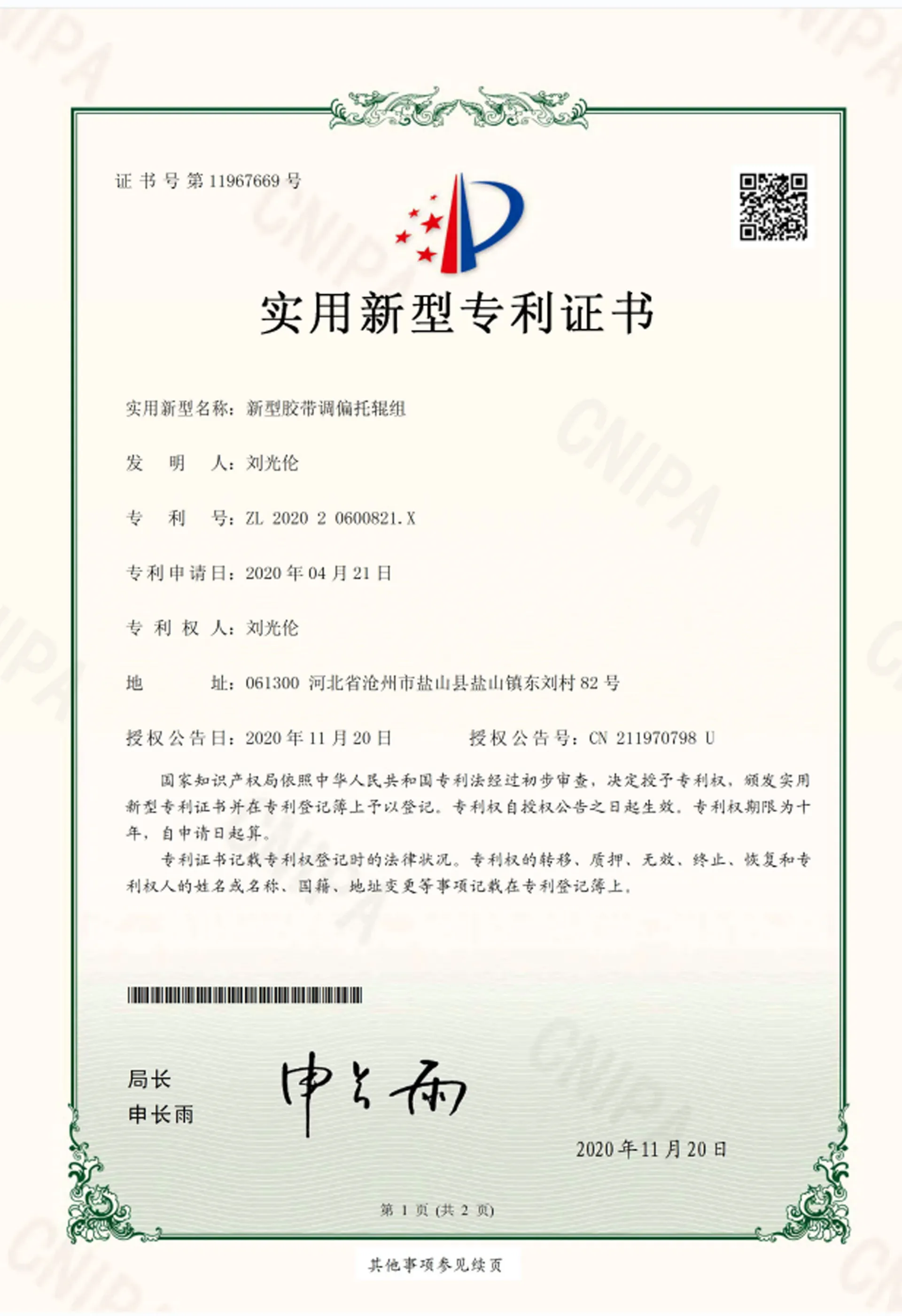 Afrikaans
Afrikaans  Albanian
Albanian  Amharic
Amharic  Arabic
Arabic  Armenian
Armenian  Azerbaijani
Azerbaijani  Basque
Basque  Belarusian
Belarusian  Bengali
Bengali  Bosnian
Bosnian  Bulgarian
Bulgarian  Catalan
Catalan  Cebuano
Cebuano  Corsican
Corsican  Croatian
Croatian  Czech
Czech  Danish
Danish  Dutch
Dutch  English
English  Esperanto
Esperanto  Estonian
Estonian  Finnish
Finnish  French
French  Frisian
Frisian  Galician
Galician  Georgian
Georgian  German
German  Greek
Greek  Gujarati
Gujarati  Haitian Creole
Haitian Creole  hausa
hausa  hawaiian
hawaiian  Hebrew
Hebrew  Hindi
Hindi  Miao
Miao  Hungarian
Hungarian  Icelandic
Icelandic  igbo
igbo  Indonesian
Indonesian  irish
irish  Italian
Italian  Japanese
Japanese  Javanese
Javanese  Kannada
Kannada  kazakh
kazakh  Khmer
Khmer  Rwandese
Rwandese  Korean
Korean  Kurdish
Kurdish  Kyrgyz
Kyrgyz  Lao
Lao  Latin
Latin  Latvian
Latvian  Lithuanian
Lithuanian  Luxembourgish
Luxembourgish  Macedonian
Macedonian  Malgashi
Malgashi  Malay
Malay  Malayalam
Malayalam  Maltese
Maltese  Maori
Maori  Marathi
Marathi  Mongolian
Mongolian  Myanmar
Myanmar  Nepali
Nepali  Norwegian
Norwegian  Norwegian
Norwegian  Occitan
Occitan  Pashto
Pashto  Persian
Persian  Polish
Polish  Portuguese
Portuguese  Punjabi
Punjabi  Romanian
Romanian  Russian
Russian  Samoan
Samoan  Scottish Gaelic
Scottish Gaelic  Serbian
Serbian  Sesotho
Sesotho  Shona
Shona  Sindhi
Sindhi  Sinhala
Sinhala  Slovak
Slovak  Slovenian
Slovenian  Somali
Somali  Spanish
Spanish  Sundanese
Sundanese  Swahili
Swahili  Swedish
Swedish  Tagalog
Tagalog  Tajik
Tajik  Tamil
Tamil  Tatar
Tatar  Telugu
Telugu  Thai
Thai  Turkish
Turkish  Turkmen
Turkmen  Ukrainian
Ukrainian  Urdu
Urdu  Uighur
Uighur  Uzbek
Uzbek  Vietnamese
Vietnamese  Welsh
Welsh  Bantu
Bantu  Yiddish
Yiddish  Yoruba
Yoruba  Zulu
Zulu different types of conveyor rollers
Different Types of Conveyor Rollers An Overview
Conveyor systems are vital in many industries, providing efficient transport of materials between various points in a manufacturing, storage, or distribution setup. One key component of these systems is the conveyor roller, which facilitates the movement of goods across the conveyor belt. The type of roller used can significantly impact the performance and efficiency of a conveyor system. This article explores the different types of conveyor rollers, their specific applications, and the benefits they offer.
1. Idler Rollers
Idler rollers are perhaps the most common type found in conveyor systems. Their primary function is to support the belt and help maintain its alignment. They are typically manufactured from materials such as steel or plastic and come in various designs to accommodate different types of applications. For instance, the return idler roller is designed for the underside of the conveyor belt, while the trough idler roller is utilized on the carrying side. Idler rollers are crucial in reducing friction and wear on the belt, thereby extending its life.
2. Drive Rollers
As the name suggests, drive rollers are responsible for moving the conveyor belt. These rollers are equipped with a motor that provides the necessary power to drive the system. Drive rollers can be found in various configurations, including crowned, flat, and tapered. Each configuration plays a role in ensuring that the belt remains in proper alignment. Additionally, drive rollers can be either powered or non-powered, with powered options being especially useful in applications where speed and efficiency are prioritized.
Return rollers are designed to support the return side of the conveyor belt. They play a critical role in guiding the belt back to the load side, ensuring a consistent and smooth operation. Return rollers help minimize friction and wear on the belt, which can be pivotal in extending its lifespan. These rollers can be fully encapsulated or open-ended, depending on the specific requirements of the conveyor system.
4. Impact Rollers
different types of conveyor rollers

Impact rollers are essential for applications where heavy loads are being transported. They are specifically designed to absorb shock and prevent damage to the belt as materials drop onto the conveyor system. This type of roller is typically constructed from durable materials to withstand high impact and harsh conditions. By using impact rollers, companies can protect their conveyor systems and ensure a longer operational life.
5. Specialty Rollers
In addition to the standard types of conveyor rollers listed above, there are numerous specialty rollers designed to meet specific industry needs. These may include
- Guiding Rollers Used to help maintain proper belt alignment. - Self-Cleaning Rollers Designed with features that help prevent material buildup, especially in environments where debris could hinder performance. - Rollers with Bearings Often used for high-speed conveyor systems where reduced friction is crucial. - Inclined Rollers Employed in applications where the conveyor has a slope or elevation change.
6. Material Considerations
The materials used to make conveyor rollers also vary significantly. Steel rollers are durable and suitable for heavy loads, while plastic rollers are lightweight and resistant to corrosion, making them ideal for specific applications. Rubberized rollers can provide added grip, making them suitable for scenarios where slip resistance is critical. The choice of material often depends on the application, the environment in which the conveyor operates, and the types of materials being transported.
Conclusion
Choosing the right type of conveyor roller is crucial for the efficiency and longevity of a conveyor system. With various options available, including idler rollers, drive rollers, return rollers, impact rollers, and specialty rollers, it is vital to consider the specific requirements of the application. Proper selection and maintenance of conveyor rollers can lead to significant improvements in material handling processes, resulting in increased productivity and reduced operational costs. As industries continue to evolve, so too will the technology and design of conveyor rollers, ensuring that companies have the tools they need to meet their unique challenges.
-
Revolutionizing Conveyor Reliability with Advanced Rubber Lagging PulleysNewsJul.22,2025
-
Powering Precision and Durability with Expert Manufacturers of Conveyor ComponentsNewsJul.22,2025
-
Optimizing Conveyor Systems with Advanced Conveyor AccessoriesNewsJul.22,2025
-
Maximize Conveyor Efficiency with Quality Conveyor Idler PulleysNewsJul.22,2025
-
Future-Proof Your Conveyor System with High-Performance Polyurethane RollerNewsJul.22,2025
-
Driving Efficiency Forward with Quality Idlers and RollersNewsJul.22,2025





























